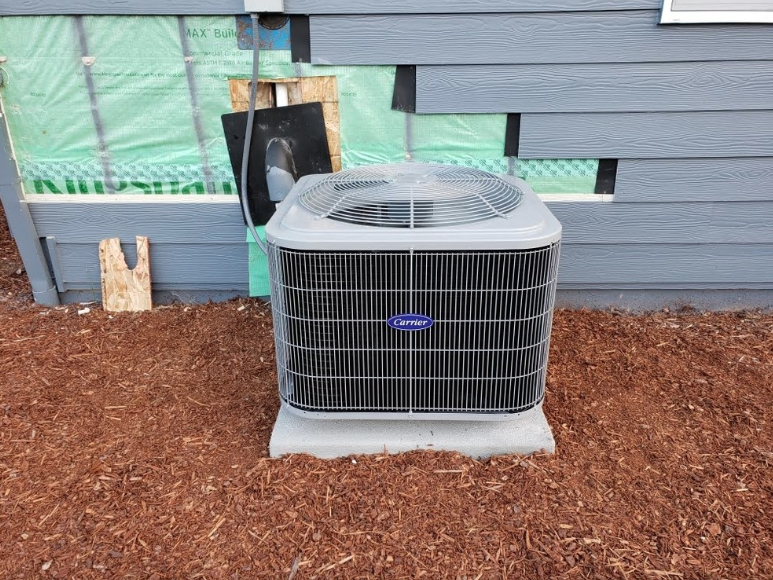The Ultimate Guide to Floor Springs: What They Are and Why They Matter

When it comes to designing and maintaining a functional and aesthetically pleasing space, the small details often make a big difference!

One such detail is the floor spring—a vital yet often overlooked component of door hardware. This guide delves into what floor springs are, their various applications, and why they matter in both commercial and residential settings.
What Are Floor Springs?
Floor springs are mechanical devices installed in the floor to control the movement of doors. They are specifically designed to manage the opening and closing actions of doors, ensuring smooth, controlled operation. Floor springs are typically embedded into the floor, making them less conspicuous than other door hardware while still performing a crucial function.
How Do Floor Springs Work?
A floor spring consists of a spring mechanism housed within a metal casing installed on the floor. When a door is opened, the spring compresses, storing energy. As the door closes, the spring releases its stored energy, pulling the door back to its original position. This mechanism also includes hydraulic or frictional elements to regulate the speed and force of the door’s movement, preventing it from slamming shut or being too slow to close.
Applications of Floor Springs
Floor springs are versatile and can be used in a variety of settings:
Commercial Spaces
In commercial environments such as office buildings, shopping malls, and airports, floor springs are essential for high-traffic doors. They are designed to handle frequent use and provide durability. Additionally, they offer a clean, professional look that complements modern architectural designs. Floor springs can accommodate heavy doors, including those made of glass or solid wood, and ensure that they operate smoothly and quietly.
Residential Settings
In residential settings, floor springs are often used in high-end homes and properties where design aesthetics and functionality are paramount. They are commonly found in main entry doors, internal doors, and even in doors leading to outdoor spaces. In these settings, floor springs help maintain a sleek appearance while providing reliable door control. When choosing hardware for your space, it’s essential to consider all aspects, from floor springs to smaller details like door handles. For a cohesive design, you might want to shop internal door handles with Door Controls Direct, ensuring that every element of your door system is both functional and stylish.
Benefits of Floor Springs
The use of floor springs brings several advantages to both commercial and residential spaces:
Enhanced Durability
Floor springs are built to withstand considerable wear and tear. Their robust design ensures long-term performance, making them a cost-effective choice in the long run. Unlike traditional door closers that may become less effective over time, floor springs maintain consistent performance, minimizing maintenance needs.
Aesthetic Appeal
One of the key benefits of floor springs is their discreet installation. Because they are embedded in the floor, they don’t interrupt the visual flow of the space. This is particularly advantageous in high-design environments where hardware visibility is a concern. Floor springs provide a clean, unobtrusive solution that enhances the overall look of a room or building.
Controlled Door Operation
Floor springs offer precise control over door movement. They can be adjusted to control the speed and force of the door’s closing action, reducing the risk of damage to both the door and surrounding areas. This controlled operation also improves safety by preventing doors from closing too quickly or forcefully.
Conclusion
Floor springs may be a small component in the grand scheme of door hardware, but they play a significant role in ensuring the smooth, controlled operation of doors. Whether in a bustling commercial environment or a stylish residential space, floor springs provide durability, aesthetic appeal, and reliable performance. Understanding their function and benefits can help you make informed decisions about door hardware, contributing to your space’s functionality and elegance.








